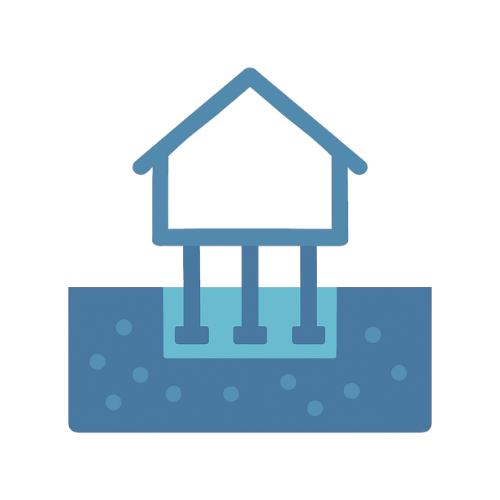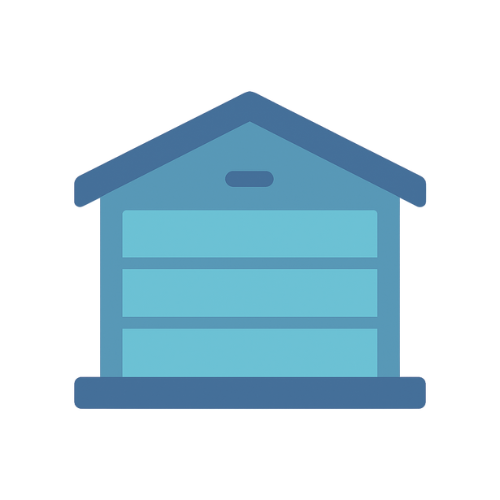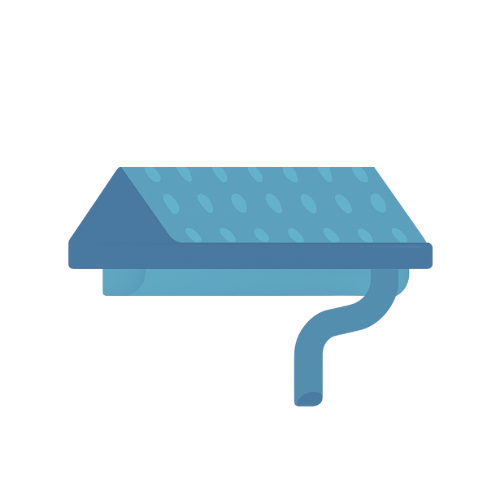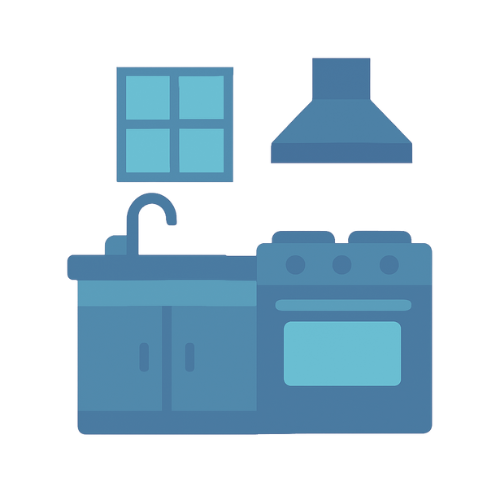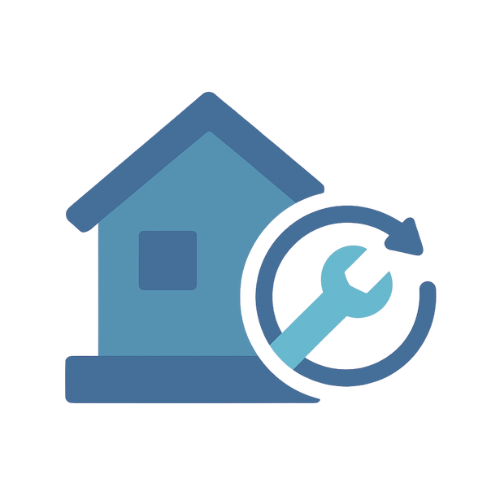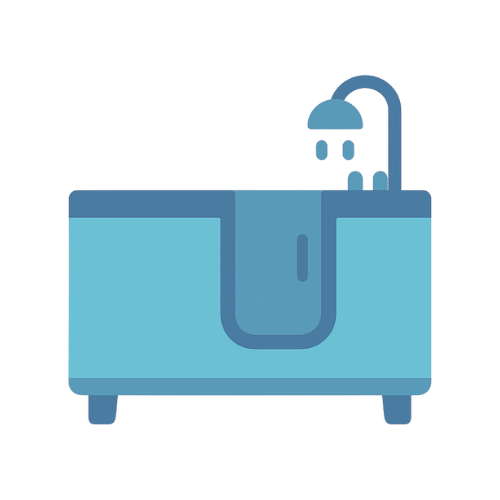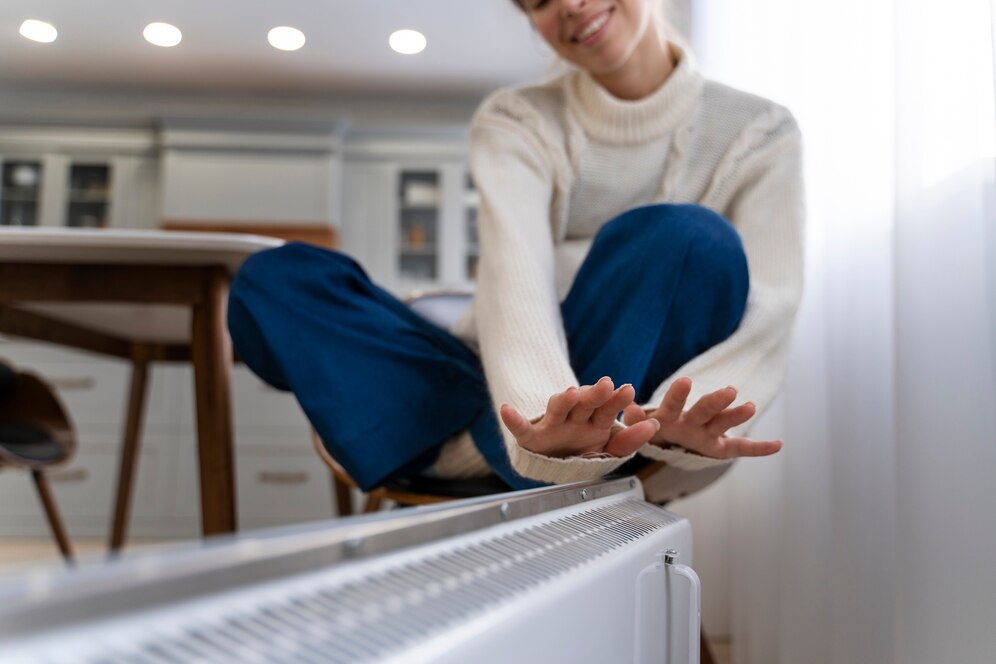It\’s a scenario that\’s all too familiar. The mere mention of identifying and sealing leaks, followed by the task of insulating the home, can often prompt groans and eye rolls from adults channeling their inner child. Yet, this duo of home maintenance tasks ranks high on the list of essentials for homeowners, trailing only behind the annual heating system tune-up.
While plugging leaks and insulating might sound like a tedious chore, there\’s a silver lining reminiscent of a childhood game of hide-and-seek: the thrill of uncovering hidden secrets and making your home more energy-efficient.
The Benefits of Sealing Leaks and Insulating Investing time in plugging air leaks and bolstering insulation offers a multitude of benefits beyond just reducing energy bills:
- Enhanced indoor air quality by preventing dust, pollen, and insects from infiltrating the home.
- Better humidity control.
- Reduced outdoor noise intrusion.
Before diving into these tasks, it\’s essential to remember that assistance is readily available. Whether you enjoy the detective work of finding leaks or prefer leaving the insulation process to professionals, the goal remains the same: to enhance energy efficiency and indoor comfort.
Identifying and Repairing Leaks Begin on a moderately breezy day when air leaks are easier to detect. Close all doors and windows and switch off exhaust fans. Simple tools like feathers, long-stemmed lighters, or smoke pens can help pinpoint leaks without breaking the bank.
While basements and attics are common culprits for air leaks, don\’t overlook other areas such as attic hatches, door and window frames, electrical outlets, and vents. Exterior spots where different materials meet, like foundation joints and corners, are also prone to leaks. Caulk and insulation are effective remedies for most leaks, with insulation filling larger gaps before caulking.
For a more thorough assessment, consider scheduling an indoor air evaluation with a professional heating system service provider. These assessments utilize advanced testing methods to identify even the smallest leaks.
Insulating Your Home Insulating your home effectively involves strategic planning and execution:
- Add insulation if it\’s level with or below floor joists in the attic. Evenly distribute insulation without leaving low spots.
- You can layer different types of insulation, such as loose fill over fiberglass batts.
- Fiberglass insulation is user-friendly for most homeowners. Ensure the second layer overlaps the first for optimal coverage.
While the process might induce a few groans, partnering with a heating system service company like Experts In Your Home can transform this \”homework assignment\” into a valuable lesson, reflected in lower energy bills and enhanced home comfort.






